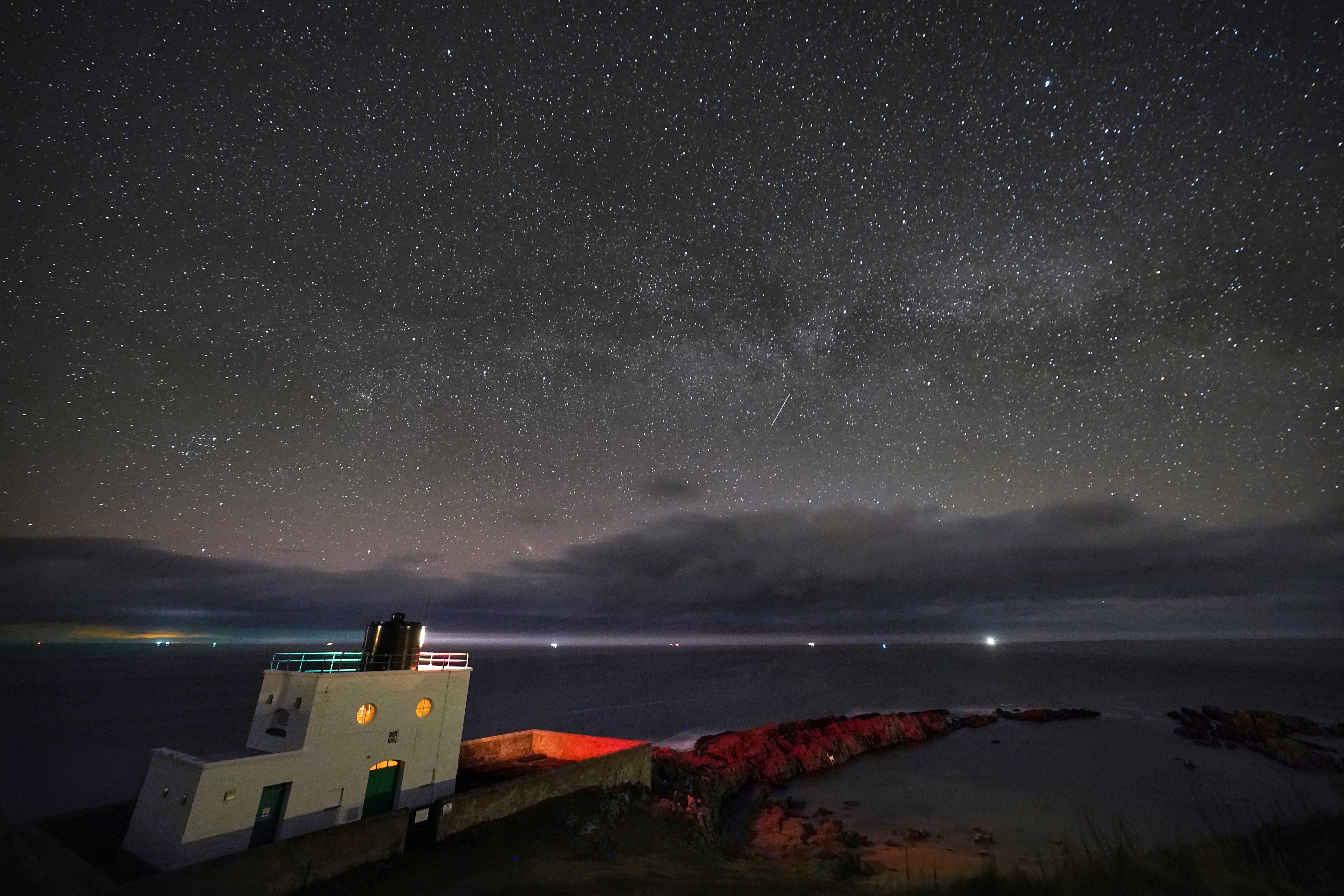Scientists make the biggest simulation of our cosmos ever, with the mass of 300 billion galaxies
Work had to be spread over 30,000 computer processors

Your support helps us to tell the story
From reproductive rights to climate change to Big Tech, The Independent is on the ground when the story is developing. Whether it's investigating the financials of Elon Musk's pro-Trump PAC or producing our latest documentary, 'The A Word', which shines a light on the American women fighting for reproductive rights, we know how important it is to parse out the facts from the messaging.
At such a critical moment in US history, we need reporters on the ground. Your donation allows us to keep sending journalists to speak to both sides of the story.
The Independent is trusted by Americans across the entire political spectrum. And unlike many other quality news outlets, we choose not to lock Americans out of our reporting and analysis with paywalls. We believe quality journalism should be available to everyone, paid for by those who can afford it.
Your support makes all the difference.Scientists have created what they say is the biggest simulation of our cosmos ever.
The virtual universe has the mass of 300 billion galaxies, packed into a space with edges ten billion light years across.
Scientists hope that it will help tell us how the real universe that surrounds us first evolved. They could also help address problems in our understanding of physics that currently suggest we might have made deep mistakes about the cosmos.
But the first results from the simulation suggest that it might not work: the findings do not get rid of the tensions between different observations about the universe that have proven so difficult to scientists.
Researchers created the simulation, named FLAMINGO, by taking the vast amount of data that has been gathered by telescopes such as Nasa’s JWST and other projects. Those projects give information about galaxies, stars and the other arrangement of matter in our cosmos, which can then be fed into the computer.
Researchers then hope that the computer can use that data to simulate the evolution and nature of our universe. That can then help resolve those fundamental difficulties we currently face in physics.
One of those issues come from the current theory that the properties of our universe are decided by only a few “cosmological parameters”. We can measure those parameters very precisely.
But scientists have run into issues because those parameters do not always match. For instance, there are multiple ways of measuring the Hubble constant, or the speed at which the universe is expanding – but those multiple ways show different results, and scientists have not been able to explain them.
Scientists hope that the simulation can help explain or resolve that tension. But it is yet to do so.
That is just one of the many ways that the creators of the FLAMINGO simulations hope that they can be used to better understand the universe and the observations that we have of it. It might also allow us to make new kinds of discoveries: the vast amount of data means that it can construct random, virtual universes and see how theories work in there, for instance.
The work is described in three papers, all of which are published in the Monthly Notices of the Royal Astronomical Society today.
Join our commenting forum
Join thought-provoking conversations, follow other Independent readers and see their replies
Comments